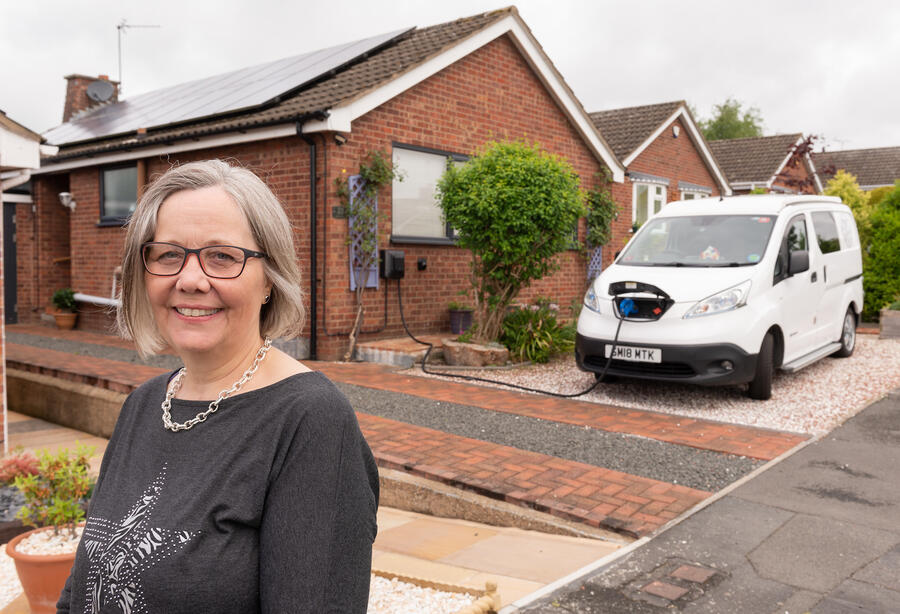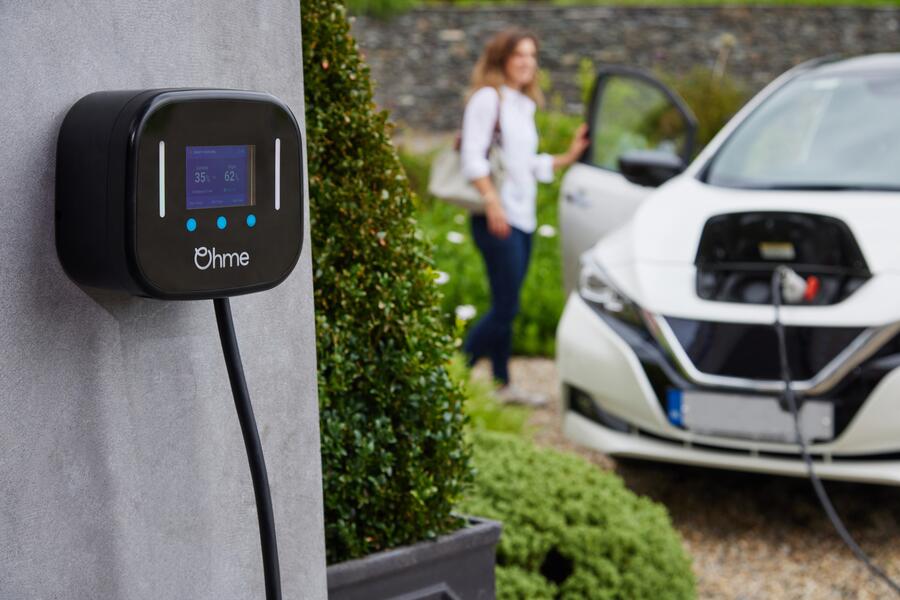With the price of electricity through the roof, buying it at a low price during off-peak times and then selling it back at a higher one when demand returns sounds very appealing.
To do this, you need to be able to store your surplus power until the price is right, which is where electric cars, with their large batteries, are essential. It's why the process is known as vehicle-to-grid or, more modishly, V2G.
The idea is being hotly debated and is regarded, at least by some, as the answer to smoothing out the peaks and troughs in renewable energy supply, making it more practicable and thus reducing our dependency on fossil fuel. The possibility of consumers selling their unwanted renewable energy for a profit is a welcome side benefit, but the real prize, say many, is accelerating the world's shift to renewables.
A major step on the road to testing V2G's viability has just been completed, and the results appear to be positive. Electric Nation, a project involving partners including Western Power Distribution (WPD) and Crowd Charge, a demand management provider, equipped the homes of 100 Nissan EV owners with Wallbox Quasar V2G chargers that charged and discharged their cars' batteries and gave them a choice of four energy suppliers offering at least two different tariffs, including off-peak.
Crowd Charge remotely managed the batteries to take advantage of the changing tariffs, while taking into account each owner's preferences regarding their vehicle's charge state.
Their Nissan battery warranty remained unaffected, while the car maker has said that similar trials haven't revealed any deterioration in battery life.
Marie Hubbard, one of the trial's participants, reported that by setting her Nissan e-NV200 camper van to charge during the night when electricity prices were lower, she had earned £25 per month selling her electricity back to the grid at peak times.

Because she uses solar panels to charge her EV, she was also able to take advantage of the V2G charger's ability to use the electricity in her car's battery to power her home. This resulted in a halving of her monthly electricity bill from £50 to £25.
In November 2021, when energy costs soared, some participants made as much as £50 per day selling their electricity back to the grid. However, this was an exceptional period. In 2021, an earlier project funded by the Office for Low Emission Vehicles (OLEV, now OZEV) and involving companies including Nissan and Ovo Energy reported that participants had earned up to £725 a year selling their electricity.
Mike Potter, CEO of Crowd Charge, said the Electric Nation trial had demonstrated not only the financial benefits of V2G but also consumers' willingness to embrace the concept. "Proof of this is that over half of the participants have chosen to keep their chargers," he said.
An incentive may have been that to buy their own would each have cost them £5500 - or around £4500 more than a conventional charger.
In its report on the 2021 OZEV trial, the Office of Gas and Electricity Markets (Ofgem) predicted mass production of V2G chargers would have prices fall to around £1000 and believed the payback period could "comfortably be below five years".
Looking to the future, Potter said that expansion of V2G would, by helping to balance the grid and encourage greater use of cheaper, renewable energy, lead to lower energy prices but, by extension, lower V2G energy resale prices too. "To compensate them, energy companies might pay customers an infrastructure payment for storing electricity," he added.
Critics of V2G say users can already benefit from lower tariffs by investing in the new generation of intelligent chargers that connect users with the cheapest ones the moment they become available, rather than at pre-determined hours.
Iain Walker, commercial director of Ohme, supplier of the Home Pro intelligent charger that promises a potential £1000 reduction in electricity costs, said: "The Home Pro already helps to balance demand by integrating with the grid in real time, which is smarter, cheaper and easier for drivers than V2G in its current form.”

Octopus Energy, a supplier of renewable energy, says that in combination, V2G and intelligent charging can help deliver a more balanced power supply and lower tariffs. Regarding V2G, it's testing dual export tariffs of 15p/kWh during the evening peak and a times of high load on the grid, and 5p/kWh at other times of day. Customers earn credits on their bill that can reduce the total amount payable.
Claire Miller, director of technology and innovation at Octopus Electric Vehicles - the EV specialist company within the Octopus Energy Group, said that some customers have saved £36 per month using V2G while others, using a combination of V2G and intelligent charging, have saved £177 a year.
"V2G can help deliver real savings," she said. "We're watching its development carefully and encouraged to see that some manufacturers are considering installing the necessary inverter technology on their new cars that would simplify the V2G wall charger and make it less expensive."




Add your comment